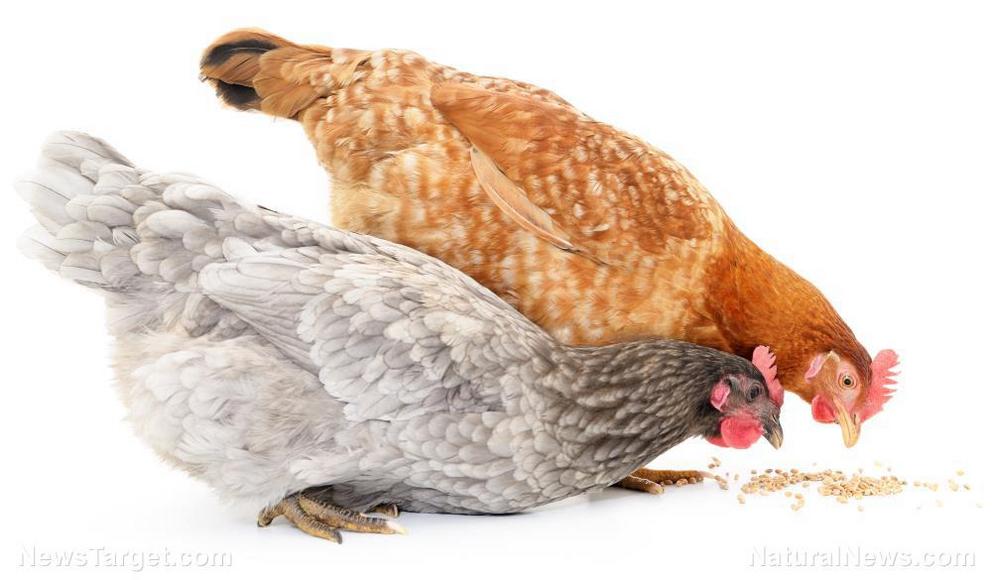Chickens fed a low-protein diet with balanced amino acids are healthier
Researchers from Thailand have devised a useful feeding strategy for organic farmers who want to raise healthy poultry. They suggested giving broiler chickens a low-protein diet with the right balance of methionine and other essential amino acids.
Amino acids are the building blocks that the bodies of living organisms use to create protein. They can be obtained from dairy products, fish, and meat. The non-essential amino acids can also be produced internally.
Methionine is an L-amino acid, and one of just two that are based on sulfur. It is used to make melatonin, carnitine, and other amino acids. An essential amino acid, it cannot be produced by the body; it must be obtained from food or supplements.
Researchers from Kasetsart University (KU) tested the effects of methionine supplementation on broiler chickens. They gave the poultry diets with different levels of crude protein, usable energy, and the essential amino acid. They evaluated the resulting productivity and blood chemistry of the animals according to their diet. (Related: Protecting your chickens from heat stress: How to make your own homemade electrolytes for poultry.)
The effects of different diets and methionine supplementation on broiler chicks
For the experiment, the KU research team collected 1,600 newly hatched broiler chicks that were 11 days old. The chicks were divided into four groups. Each group of 400 chicks received a different diet.
The first group received a standard poultry diet throughout the trial period. It served as the control group.
The second group started off with chicken feed that contained low levels of crude protein and methionine. The chickens subsisted on this nutrient-deficient diet for 14 days before they switched over to a standard diet for Days 25-42.
The third group followed a similar diet to the second group, but with one significant difference. During the time they ate the low-crude protein animal feed, they were also supplemented with methionine.
Finally, the fourth group was given a modified version of the third group’s diet. Instead of switching to conventional animal feed at the end of the low-crude protein diet, the chickens were put on a different diet with low amounts of energy that could be metabolized.
During the experiment, the growth performance, body weight, feed conversion ratio, and protein conversion ratio of the broiler chickens in each group were evaluated. The results for each group were compared.
Diets with low protein and balanced amino acids improve the health of poultry
The Thai researchers reported that the broiler chickens in the control group showed the best growth performance during the first two weeks of the experiment. This group ate a conventional high-protein diet during the entire experiment.
A comparison of the second and third groups showed that the third, supplemented group demonstrated healthier body weight, a higher feed conversion ratio, and a better protein conversion ratio. These results indicated that methionine was able to amend the drawbacks of a low crude protein diet.
Furthermore, during the second feeding phase, the fourth group exceeded the growth performance, protein conversion rate, and energy conversion rate of the control group. The fourth group switched over to a diet with less energy than the conventional chicken feed.
Analysis of blood samples from the control group showed lower levels of non-esterified fatty acid. Meanwhile, samples from the fourth group contained less low-density lipoprotein (LDL), total cholesterol, triglycerides, and very low-density lipoprotein.
Based on their findings, the KU researchers concluded that broiler chickens will greatly benefit from starting on a diet with lower levels of dietary protein and balanced levels of amino acids before switching to a diet with low energy.
Find out how organic diets with low protein content can benefit your poultry animals at Organics.news.
For full references please use source link below.

